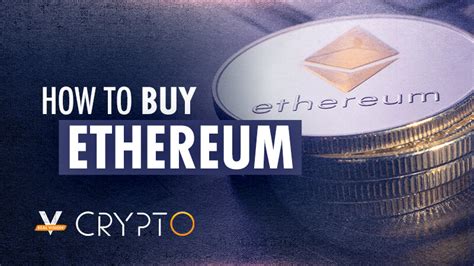Ethereum: Explore the concept of virtual currencies supported as active
While the world continues to struggle with the challenges and opportunities presented by decentralized finances (DEFI) and digital assets, the concept of virtual currencies supported by assets has drawn significant attention. In this article, we will immerse ourselves in the world of virtual currencies supported by Ethereum, by examining their properties and their potential use cases.
What is a virtual currency supported by assets?
A virtual currency supported by assets is a type of digital currency which is supported by a tangible asset or a guarantee. This means that the value of virtual currency is derived from the value of its underlying assets, rather than being only based on supply and demand on the market. In the case of virtual currencies supported by assets based on Ethereum, the entity that created it would keep assets as guaranteed to support the value of their new cryptocurrency.
Properties of a virtual currency supported by assets

To create a successful virtual currency to support assets, several properties are essential:
- Only the issuer has the ability to issue new quantities
: this is a key characteristic that distinguishes cryptocurrencies supported by assets from traditional fiduciary currencies.
- The transmitter earns money by selling assets on the market : by buying or holding an underlying asset, the entity can generate income through transactions, offering a potential source of profit.
Virtual virtual cleansings based on Ethereum
Several virtual currencies supported by assets based on Ethereum have been proposed and experienced over the years. Here are some examples:
- Bitshares : Launched in 2014, Bitshares was one of the first decentralized exchanges (DEX) on Ethereum which used guarantees supported by assets. The project was aimed at creating an active trading platform on a blockchain.
- NXT Coin : NXT Coin is another example of a sustained virtual currency of assets created on Ethereum. It uses a whole system to secure transactions and maintain value.
- Bitfinex Tether (BTT) : Bitfinex, one of the largest Dex on Ethereum, used its own stablecoin, Tether (USDT), as guaranteed to support the value of BTT.
Advantages and risks
Although virtual currencies supported by assets offer a unique approach to decentralized finance, there are several advantages and risks associated with them:
Benefits:
- Decentralized governance: cryptocurrencies supported by assets often have more transparent and democratic decision-making processes.
- Lower risk: Using guaranteed assets, the transmitter can reduce their exposure to risks and increase trust on the market.
Risks:
- Regulatory uncertainty: governments and regulatory organizations can always consider virtual currencies supported by assets such as securities or basic products, subject to strict regulations.
- Volatility of the market: The value of underlying assets can be volatile, affecting the overall price of the sustained currency of assets.
Conclusion
Virtual currencies supported by active ingredients based on Ethereum offer a promising approach to decentralized finance, taking advantage of blockchain and cryptocurrency technology. Although they have faced regulatory challenges and market fluctuations, these assets demonstrate an increasing interest in the management of digital assets and currencies backed by assets.
While the world continues to navigate the intersection of deffi, blockchain and traditional finances, virtual currencies supported by assets will probably play an increasingly important role in training the future of financial innovation .
Sources
- “Ethereum 2.0: A new era for decentralized finance” (Source: Ethereum.org)
- “Virtual cure supported by active ingredients” (Source: Coindesk)
- “NXT Coin” (Source: nxtcoin.org)
- “Bitfinex Tether (BTT)” (Source: bitfinex.com)
